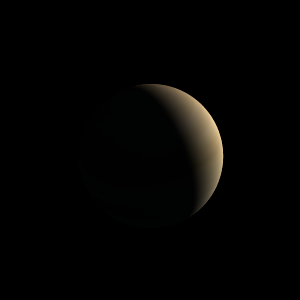|
|
Space Astro
|
Info for exoplanet "Maka-ara"
| Scientific (actual) data |
|---|
| Name | Kappa And b |
| Planet status | Confirmed |
| Planet mass | 17 |
| Radius | 1.42 |
| Orbital period | 152205 |
| Semi major axis | 78.9 |
| Orbit eccentricity | 0.74 |
| Inclination | 139 |
| Discovered | 2013 |
| Updated | 2025-09-05 |
| Omega | 134 |
| Temp measured | 1850 |
| Log g | 4.5 |
| Publication | Published in a refereed paper |
| Detection type | Imaging |
| Mass measurement type | Spectrum |
| Radius measurement type | Flux |
| Alternate names | Kap And b |
| Molecules | H2O |
| Star name | Kappa And |
| Right ascension | 355.1° |
| Declination | 44.33° |
| Mag v | 4.14 |
| Mag i | 0.2 |
| Mag j | 4.6 |
| Star distance | 50 |
| Star metallicity | -0.36 |
| Star mass | 2.8 |
| Star radius | 2.29 |
| Star sp type | B9IV |
| Star age | 0.047 |
| Star temperature | 11361 |
| Star alternate names | HD 222439, HR 8976, HIP 116805, 19 Andromedae, kap And |
| Wikipedia article | kappa And b |
Back
| |
| Fictional info (?) |
|---|
| Suggested name | Maka-ara |
| Planet type | Huge cold gas giant |
| It has the densest atmosphere of the two huge cold gas giants, consisting mostly of H2O.
troublesome ride. |
| Atmosphere | H2O | 99% |
| Atmospheric pressure | 19 bar |
 |
| Moon | Caleu-fenfen | Small almost round ice moon |
| Nareu Lykethi | Medium-sized potato shaped gaseous moon |
| Uqsao | Huge round oceanic comet |
| Google search for Maka-ara |
|
Website by Joachim Michaelis
|
|
|
|